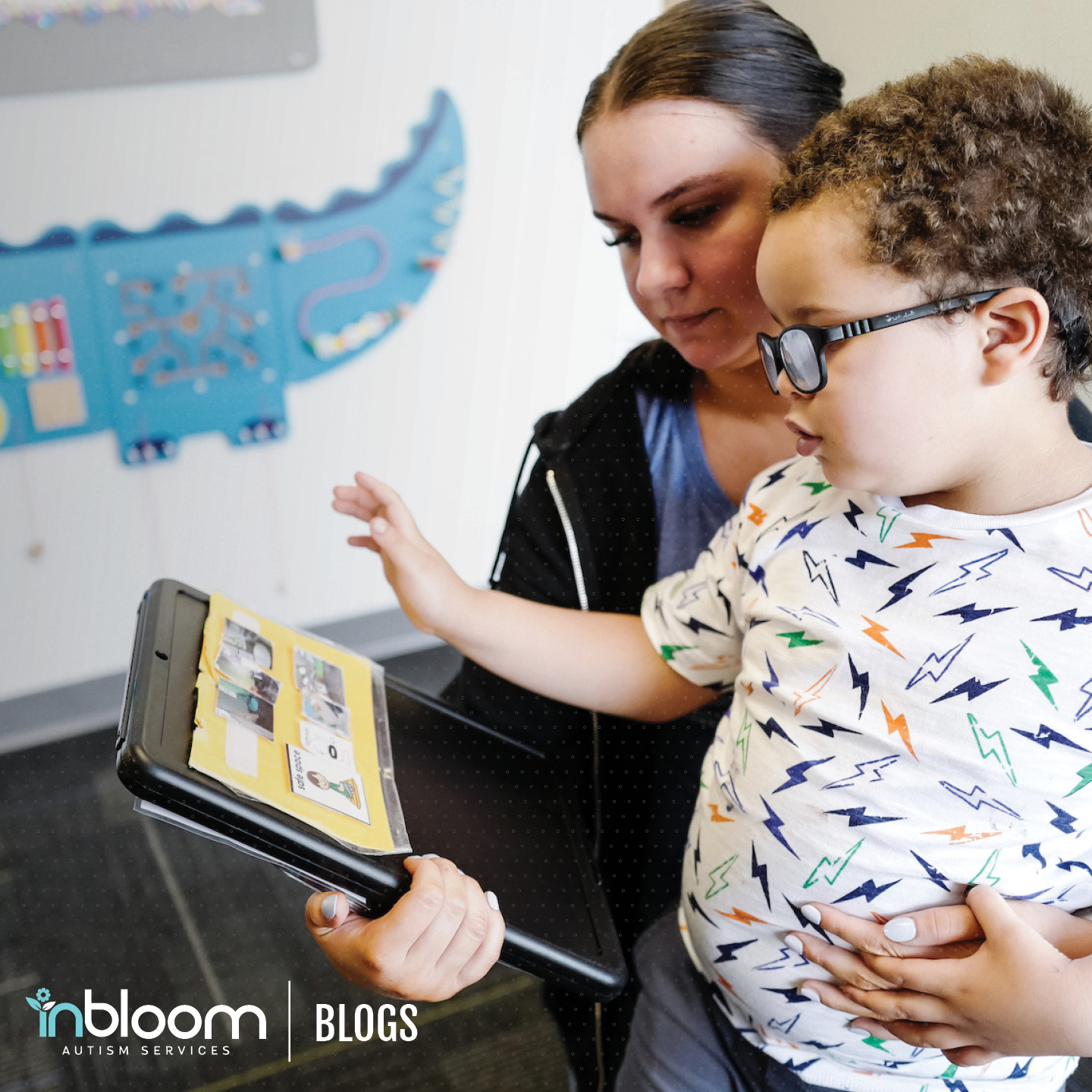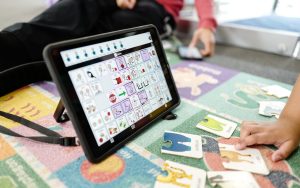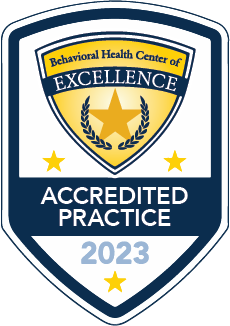Understanding AAC (Augmentative and Alternative Communication) for Children with Autism

If you’re a parent of a child diagnosed with autism, you may come across the term “AAC”. So, what exactly is it and how can AAC benefit children with autism?
Augmentative and Alternative Communication or AAC refers to a form of communication that does not involve direct speech. It includes many forms of communication like gestures, facial expressions, writing, sign language, and other communication aids or devices.
According to the American Speech-Language-Hearing Association (ASHA), more than 2 million persons who present with significant expressive language impairment use a form of Augmentative and Alternative Communication (AAC) to communicate. In this guide, we’ll dive into the benefits of using AAC in autism therapy for children with speech delays. We’ll provide practical tips for parents navigating AAC usage in their child’s communication journey.
Augmentative and Alternative Communication (AAC) in Autism Therapy
Speech delays or difficulties are common for children with autism spectrum disorder (ASD.) That’s why AAC tools are commonly used as part of their therapy program, empowering them to express their needs and wants effectively. A team of therapists should coordinate care across ABA, speech, and occupational therapies to tailor AAC approaches for children with autism. The child’s unique abilities and motor skills should be assessed to ensure they get the best possible communication support. So how does AAC benefit children with autism and what are some of the AAC tools commonly used? Let’s dive right into it!
InBloom Autism Services helps children improve their communication through customized ABA Therapy. Learn more
Unaided vs. Aided Modes of Communication
First, we need to understand the difference between unaided versus aided modes of communication. Deciding which form of AAC to use depends on the child’s unique abilities and needs. However, it is encouraged that both forms of communication are taught to ensure comprehensive communication development.
Unaided Modes of Communication

These are non-spoken means of natural communication and often require adequate motor control. While some modes of communication such as gestures and/or facial expressions like waving hello or giving a ‘thumbs up’ are widely understood, others may require more learning or an interpreter – like American sign language.
Aided Modes of Communication

This form of communication requires some external items such as pictures, printed words, or handheld electronic devices. Things like visual boards, PECS, AAC apps integrated into tablets, and dedicated speech-generated devices are commonly used in ABA Therapy programs.
Helpful Tips for Parents Using AAC Devices
Now, hopefully, you have a better understanding of what AAC is- but how do you know which form you should use for your child?
1. Consult your child’s therapy team.
This can include their Speech Therapist (SLP,) Behavior Analysts (BCBAs), or Occupational Therapist (OT). Navigating AAC options can feel overwhelming, but with the right guidance, it becomes manageable. Trained professionals will be able to assess your child’s current abilities and help guide you in picking the best AAC option for your child.
2. Meet your child where they are.
An SLP will formally evaluate the child’s current receptive and expressive language skills. An OT can evaluate their scanning, visual, and fine motor abilities to assess what type of AAC is best. It could be that a two or three-year-old starts right away with a speech-generated device, depending on their foundation of skills. Remember, everyone has different learning styles and, like with any new skill, learning can take time.
3. Learn with your child.
Communication goes both ways! The more you understand your child’s communication devices- the more you understand your child. Whether that’s how to use an AAC app or even sign language, having the whole family learn will help your child feel understood and supported.
AAC tools and devices are like a superpower for children with autism, helping them communicate in ways that go beyond just talking. By understanding AAC options and implementing practical strategies, parents can boost their children’s independence and allow them to confidently participate more fully in everyday activities.
Ready to Start Your ABA Journey?
Whether your child recently received an autism diagnosis or you’re looking to shift to a center-based therapy program to get your child ready for kindergarten- InBloom can help! Our ABA Therapy programs are created specifically for your child. When you enroll your child with us, an InBloom BCBA will conduct an assessment to determine your child’s current abilities and determine the best therapy treatment to help them bloom!
Call 888-754-0398 to speak to a member of our Care Team today to get started or fill out our preliminary contact form.
InBloom Autism Services specializes in early intervention ABA Therapy. Our Therapists undergo training to develop a curriculum specifically designed for children aged 5 and under with autism. Our Learning Centers also offer a safe and enjoyable environment for children to interact with their peers. Learn more about our ABA Therapy program!
Related Blogs:
Understanding Autism: From Early Signs to Diagnosis
The Positive Effects of ABA Therapy for Children with Autism
What Does a Day of ABA Therapy Look Like?


